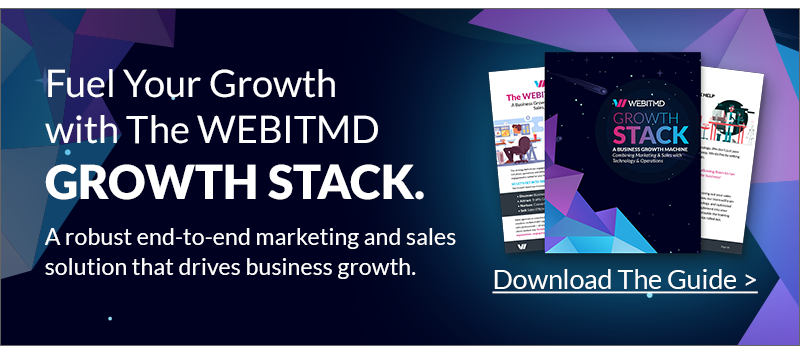The common thread with sales enablement is a culmination of all the tasks attributed to optimizing the sales process and winning more deals. That takes many forms – from content creation to researching technology, sales enablement is designed to create resources and best practices that close sales deals and improve relationships with buyers.
For every business, measuring sales enablement is going to look different, but the end result is the same: growing revenue and building upon successes so they continue to compound. If you’re looking for new ways or even just a starting point for measuring success, here are some suggestions:
Why Measuring Sales Enablement is Important
The value of sales enablement can’t be truly realized until it’s measured. This helps you quantify the level of success in your current efforts from the sales enablement team through KPIs and granular insights. What’s helpful here is to identify what initiatives are working to support overall business goals so you can do more of what works and less of what doesn’t.
Measuring sales enablement, ultimately, gives you the impactful ROI in this function and helps you iterate and improve for both now and in the future. The tricky part is fitting your strategy for business purposes and delivering effective campaigns that reach and exceed the KPIs you’re looking for.
4 Sales Enablement Metrics That Measure Success
#1: Win Rates vs Lose Rates
If your win rates are increasing compared to your losses, you know your sales reps are remaining competitive against other, similar offerings. To properly measure this, you’ll need to monitor the rate over time and compare how competitors are doing in this realm.
Understanding how the quality of your messaging is more compelling over others will be a test for seeing how well your content is converting. If you’re lacking in this area or losing more deals, evaluate how your content through your sales enablement team can be optimized for clarity and relevance.
#2: Sales Cycle Length
No one likes a lengthy sales cycle, or the time it takes from beginning to end to close a deal. But depending on your business, it could very well take months to complete. In measuring sales enablement, taking an average of the time it takes to complete your sales cycle can provide valuable insights into how to find frequent roadblocks or inhibitors.
Do objections come up at the same spot in the sales cycle for all your deals this year? Where are you finding the most friction in each touchpoint? Your sales enablement team can locate these and focus resources to ease the friction and resistance sales reps may be experiencing.
#3: Marketing Conversion Points
Businesses are 67% better at closing deals when sales and marketing work together according to a joint research piece between Marketo and Reachforce.
Sales enablement is commonly seen as an alignment bridge between sales and marketing – and for good reason! Once a contact becomes a sales-qualified lead or opportunity, oftentimes it’s built upon previous efforts and conversion points from marketing’s side of the house. The thing is, these have always been connected.
Evaluating the conversion efforts of different kinds of marketing collateral is a valuable way to measure sales enablement, especially when the handoff happens. Have the previous offers, including ebooks, infographics, whitepapers, even case studies, helped prime potential customers into feeling resolute about closing with your business?
Finding where these points are weaker will help you bolster content in the buyer’s journey and ultimately create a smoother pipeline.
#4: Price of Deals
Everyone knows the adage “work smarter, not harder,” but this is more important than ever to realize in the world of B2B selling. For measuring sales enablement, ideally, over time, you’ll want to increase your deals into fewer, higher-priced offerings rather than having a ton of smaller deals.
Monitor the trends of this metric to see how you can upsell and even bucket offerings to bring more value for a customer to feel like you really understand their problem(s). The more higher-priced deals you have compared to the smaller ones, it’s indicative that your customers inherently see the value in your offering.
Build Your Success Through Sales Enablement
Compounding upon the success of sales enablement occurs through measuring specific metrics. It’s through the true alignment of marketing and sales that the performance reports will shine and be the most accurate and fit to purpose. By calculating these metrics, you’ll be able to find the healthy rate of desired growth unique to your business and collaborate throughout every step of the buyer’s journey to optimize and convert efficiently.
If you’re wondering how to get started, taking steps to research sales and marketing alignment is a surefire step to seeing how it will run in your business.









(1).jpg)

.jpg)



![5 Reports to Elevate Your HubSpot Sales Dashboard [+ Examples]](https://2363531.fs1.hubspotusercontent-na1.net/hub/2363531/hubfs/Imported_Blog_Media/6-winning-examples-of-a-hubspot-sales-dashboard-2.png?width=767&name=6-winning-examples-of-a-hubspot-sales-dashboard-2.png)

